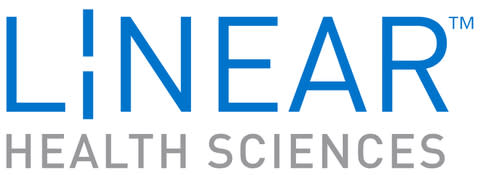OKLAHOMA CITY– Linear Health Sciences, developer of the Orchid SRV tension-activated breakaway safety release valve, has been recognized for leading the way to safer IV treatment for children with two new milestones. The company has received a seed grant from the West Coast Consortium for Technology & Innovation in Pediatrics (CTIP) to accelerate projects specifically designed to improve the safety and delivery of care to infants and children.
Linear Health Sciences was also accepted into the U.S. Food & Drug Administration’s Safer Technologies Program (STeP), a voluntary program for devices that are expected to significantly improve the safety of currently available treatments that aims to speed these devices to market.
CTIP is an FDA-funded pediatric medical technology accelerator based at Children’s Hospital Los Angeles.
“Recognition from the FDA’s STeP and CTIP shows that our breakaway safety release valve technology platform is an important tool for improving safety, especially among pediatric patients,” said Dan Clark, co-founder, president, and COO of Linear Health Sciences. “With an estimated 90 percent of hospitalized patients requiring treatment using IV therapy, we expect our current and future pipeline of platform technology-based products to help clinicians provide better, safer care for adults and children alike.”
The Orchid SRV is a sterile, single-use connector for needle-free access that, when activated, makes return to treatment fast, simple, and clean, while improving both the patient and clinician experience. Clinical simulation testing of 360 Orchid SRVs showed that the device prevented IV dislodgement by 91.1 percent across all test groups. The device is placed between the existing IV extension set and general IV tubing connection intended to be used for delivery of fluids to and from an IV catheter.
According to a study published in J-AVA, 95 percent of 1,561 U.S. clinicians surveyed agreed that IV dislodgements continue to pose significant safety risks for patients and hospitals. In fact, reports have shown that, of the 342 million peripheral IVs in the U.S. each year1, up to 10 percent may dislodge2, costing more than $2 billion annually3. Dislodgement is most frequently caused by patient confusion or removal of the catheter, loose dressing or tape, or tubing becoming tangled in bed linens.
When tension (of up to 3.25 lbs.) acts on the IV line, the Orchid SRV separates and seals off both sides of the IV, creating a sterile barrier. The clinician then restores the line simply by removing the separated halves and replacing them with a new, pre-packaged, sterile valve.






